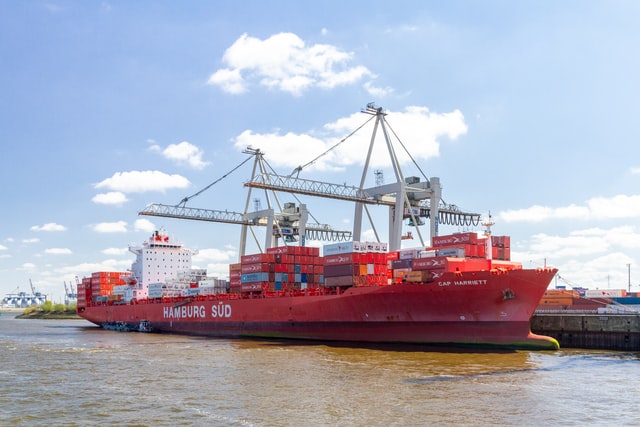When you’re planning to build a crane, it’s important to know a few important facts before putting your money down. One thing you should know is that there are many different types of cranes. Some of them are SSCV Thialf, while others are All Terrain cranes. If you’re not familiar with the differences between these types, this article will provide a basic understanding of them. Here’s a look at the SSCV Thialf’s capabilities.
SSCV Thialf
The SSCV Thialf is a heavy lift crane ship operated by Heerema Marine Contractors. It was constructed in the mid-80s for the McDermott conglomerate. The vessel is equipped with two revolving cranes with lifting capacities exceeding 14,000 tons. This vessel is the largest crane vessel in offshore areas, with its deck area stretching over 220 meters long and 102 meters wide.
The SSCV Thialf was built in the Leviathan natural gas field in Norway. It is the world’s largest semi-submersible crane vessel. The Thialf was used to install the topsides on Holstein, which was the world’s largest spar. In addition, it was used for the Benguela Belize compliant tower constructed by Chevron. This oil field development involved the removal of 48,000 tons of steel.
SGC 250
The Sarens SGC 250 crane is the industry’s first fully rigged mobile crane. It features a maximum load moment of 250,000 tonnes and is capable of slewing to a 360-degree angle. The rigged design allows the crane to travel across 6 kilometers of rail track between three lifting locations. It has two sets of wheels, one for traveling and one for slewing. The travelling wheels are hydraulically retracted until the crane is required to be moved.
The SGC 250 is a fourth-generation mobile crane designed by Sarens. Its main boom has a maximum length of 160 metres. It can also be equipped with a fly-jib. It can operate on straight rails or ring rails. Its newfound mobility makes it an excellent choice for many different types of jobs. The company expects the SGC 250 to be deployed on nuclear power plant projects, large FPSO modular installations, next-generation petrochemical newbuilds, and upgrades.
All Terrain cranes
If you’re thinking about renting an All Terrain crane for your next construction project, it’s important to know the differences between these two types. These are equipped to work in difficult terrain and can easily move through different types of terrain. Rough terrain cranes have special features and can lift up to 165 tons. Because of their compact frame, they’re ideal for narrow spaces, but they’re not road legal. Because of this, operators have to stabilize the crane before they start hoisting to ensure it is safe.
Although they’re smaller than traditional cranes, all Terrain cranes are able to withstand a range of harsh weather conditions. These vehicles are capable of working in temperatures from -13 degrees Fahrenheit to 104 degrees Fahrenheit. Moreover, all Terrain cranes are equipped with components that allow for high-speed movement. This means they can move faster than other cranes. The crane can also tow a variety of other objects and weights.
Ring cranes
There are some important Ring cranes construction facts you should know. The diameter of the ring is 35 meters, and the counterweight capacity is up to 3,000 metric tons. There are three boom lengths: 100 meters, 120 meters, and 130 meters. Additional jibs can be added. There is also a 27.5-meter runner shared with other SGC cranes. Construction will take approximately 4 to 5 weeks.
The largest ring crane in the world is the Sarens SGC-250. The 5,000-tonne-meter ring crane is commonly referred to as the Big Carl. It is a part of the reinforced cylinder around a nuclear reactor. It is 17 meters tall and 47 meters wide. The ring crane lifted the three modules out of a bunker during lighter wind conditions. The ring crane’s impressive capacity enabled it to perform multiple lifts in a single day.




